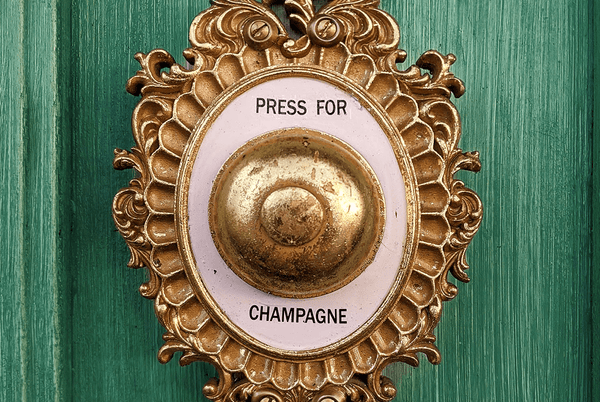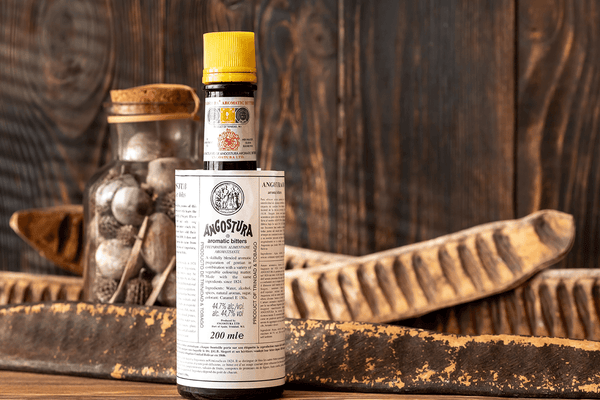HOW WHISKEY IS MADE
Despite these differences, what all whiskeys have in common is the care and mastery involved in their production. The making of whiskey is a long-held tradition that has taken centuries to refine, and we get to enjoy that refinement in a multitude of forms today...

Whiskey isn't a single spirit but a category of spirits distilled from grain and typically aged in barrels. In terms of appearance, whiskeys can range from straw-colored to deep brown and have various levels of viscosity. These characteristics result from the style of the whiskey in question. There are multiple whiskey types around the world, some following unique production methods and being governed by federal laws. That being said, whiskey production in general follows a common process that can be divided into seven distinct stages. So if you've ever wondered, "How is whiskey made?" read on to find out.
Malting
Most whiskeys use malted barley in their mash bills, which are their grain compositions. Malting barley refers to the process of provoking the grain to sprout, which gives rise to enzymes that later help to convert the complex carbohydrates of the other grains into simple carbohydrates the yeast can digest. Malting also develops complex characteristics in the barley, such as nutty and chocolatey flavors. To malt barley, distillers moisten or steep the grain under controlled temperatures. Over time, the grain germinates, pushing out rootlets from the husk. In total, the process takes about seven to 10 days.
Selecting the Mash Bill
The mixture of grains that compose the whiskey sets the foundation for the flavor of the final product. The grains commonly used in mash bills are malted barley, un-malted barley, wheat, rye, and corn. Some whiskeys use only one grain in the mash bill, but it's more common to use a mixture. Some other types of whiskey must adhere to regulations that dictate the proportions of the mash bill.
Mashing
At the mashing stage, the distillers combine the grains in the mash bill with water in a large container, and they heat the mixture under constant agitation. During this process, the starches in the grain convert to sugars, creating a porridge-like substance called the mash. The distiller may add the grains in stages, heating each at a different temperature and length of time. Corn, for example, requires higher heat and longer cooking than rye or barley.
Fermenting
Once the mash cools, it gets transferred to another container and combined with yeast. It's not uncommon for distilleries to have proprietary yeast strains they've cultivated for generations, helping to create unique characteristics and flavors in the final product. The length of the fermentation process can vary, but it typically ranges between 48 and 96 hours. During this time, the yeast digests the sugars in the mash and converts them to alcohol, producing a kind of beer with an ABV of 7% to 10%.
Distilling
Distillation is the process of vaporizing the liquid and collecting the condensation. This stage purifies the liquid and concentrates the alcohol. Distillation is typically a multistage process that takes place in structures called stills, of which there are several types. Whiskeys usually undergo two or three distillations.
Aging
Immediately after distillation, the spirit is clear. It's in the next stage that it takes on its color. The spirit enters barrels, often made of oak, and gets stored in a dedicated facility for a specific length of time. As the whiskey ages, its interactions with the wood and the elemental conditions cause it to take on new flavors and characteristics in addition to color. Depending on the type of whiskey, there may be regulations concerning the character or size of the barrel and the minimum length of maturation.
Bottling
At the end of the aging process, the whiskey is ready to enter bottles and be transported for sale. Some distillers may choose to enact an additional filtration step previous to bottling, which can help to improve the whiskey's appearance under dilution.
Variations to the Process
The whiskey-making process described above is how most distillers turn grain into greatness, but there are some variations that are made or allowable depending on the whiskey's type or origin.
Scotch, which hails from Scotland, is one type of whiskey that has its own way of doing things. After malting the barley, scotch distillers take the added step of drying out the grain over peat fires. The grain takes on the smoke from the fire, leading to a smoky flavor in the final product. Also, per Scottish law, scotch must be aged in oak barrels for at least three years before bottling. Scotch distilleries typically age the spirit in used barrels, particularly those that had previously contained bourbon or sherry.
Bourbon is another unique type of whiskey. It's a quintessentially American variety whose classification is defined and protected by federal law. To qualify as bourbon, a spirit's production must adhere to the following guidelines, all of which contribute to the generally sweeter, nuttier profile of the spirit:
- Production must take place in the United States.
- The grain composition must have at least 51% corn.
- The mash cannot be distilled at an ABV higher than 80%.
- Aging must take place in new barrels with charred interiors.
- The spirit cannot enter the barrels at an ABV higher than 62.5%.
- The ABV must be at least 40% at bottling.
Most bourbon distillers incorporate the use of sour mash during fermentation. Sour mash refers to mash that has been left over from a previous distillation. Adding this lowers the pH of the environment, which supports the yeast and helps to prevent the proliferation of undesirable bacteria.
Then there's Tennessee whiskey. The regulations concerning Tennessee whiskey are similar to that of bourbon, but with a couple of key differences: production must take place in Tennessee and the spirit must undergo the Lincoln County Process after distillation and before entering the barrels. The Lincoln County Process refers to a filtration stage that involves dripping the spirit through sugar maple charcoal, which produces a mellower, richer profile.
Despite these differences, what all whiskeys have in common is the care and mastery involved in their production. The making of whiskey is a long-held tradition that has taken centuries to refine, and we get to enjoy that refinement in a multitude of forms today.






